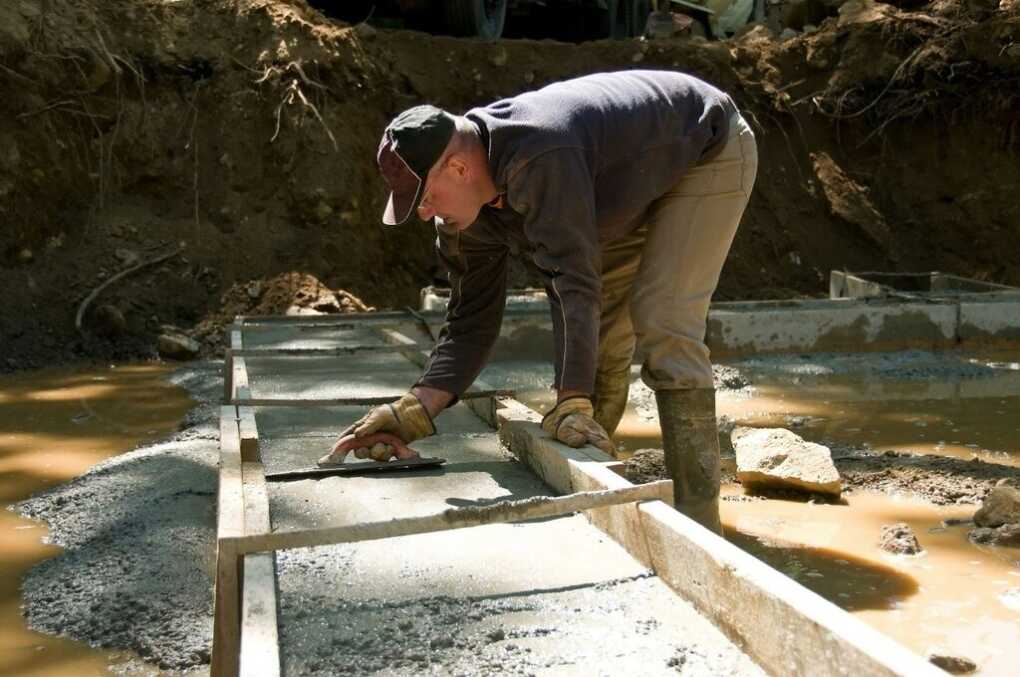No two homes deal with moisture the same way, even if they’re built from the same plans. You might have nailed the design, used the right materials, and chosen a trusted contractor—but if your builder didn’t account for the ground beneath your feet or the air moving through your crawl space, you could still end up with mould creeping up the walls or timber rotting silently below.
That’s where local experience becomes more than a nice-to-have. Moisture problems are regional. The way air moves, the way water drains, and the way homes interact with their environment shifts from city to city and even street to street. A builder who’s worked in your area for years knows how to read a site the way someone from out of town just can’t. They understand the trouble spots in your soil type, how the humidity sits in summer, and which seasons push condensation into places you won’t see until damage is done.
You don’t just want a good builder. You want one who knows how your area breathes.

Moisture problems are rooted in the ground, not the design
Moisture rarely shows up where it starts. It might appear as warped floorboards or flaky paint, but the real source often sits much lower. Builders who understand their local environment know that ground conditions are everything. That includes the soil’s ability to drain, how much water it holds after rain, and whether a site naturally channels runoff toward or away from the house. These aren’t things you’ll find in standard design specs—they come from experience on the ground.
Take two homes built from the same blueprint: one on sandy coastal soil in Florida, the other on dense clay in Ohio. Even with identical materials and layouts, their moisture behaviour will be completely different. Sand lets water pass through quickly but doesn’t hold moisture against foundations. Clay, on the other hand, traps it—raising the risk of damp crawl spaces and long-term structural damage if airflow isn’t planned correctly from the start.
In places like the Pacific Northwest, it’s not just the soil but the sheer amount of rainfall that shapes how homes need to be built. Builders there expect high humidity and constant wet ground, so they plan accordingly. That might mean elevating floor systems, designing deeper subfloors, or installing permanent drainage channels under slabs. None of these solutions are standard—they’re local responses to local conditions.
This is why general knowledge doesn’t go far when you’re trying to avoid moisture issues. Good design matters, but it’s the understanding of what’s happening below the surface that makes the biggest difference.
What experienced builders actually look for
Anyone can follow a floor plan. But when it comes to keeping a house dry year-round, experienced local builders don’t just build—they observe. They pay attention to how air circulates under the house, where water tends to settle after storms, and whether surrounding properties drain toward or away from the site. They walk the block before starting work and already know which lots stay damp the longest after rain. These aren’t things that show up in building codes, but they show up later in moisture damage if ignored.
A builder in the low-lying suburbs of New Orleans will look for signs of rising damp that wouldn’t concern someone building in Utah. A contractor in Vermont might check whether snowmelt pools near the foundation in spring. These habits are shaped by working in the same climate for years and knowing what gets homes into trouble long after the final inspection. You don’t learn that from textbooks. You learn it from call-backs, site visits, and watching which houses stay sound over time.
Why airflow strategy beats quick fixes
Moisture control isn’t just about stopping water from getting in. It’s about making sure trapped moisture has a way to get out. That’s where airflow becomes critical, and why one-size-fits-all solutions often fall short. Builders who understand this don’t rely on afterthoughts like wall sealants or short-term drainage patches. They plan for constant ventilation in parts of the home that never see sunlight.
Crawl spaces, underfloor voids, and subfloor areas are especially vulnerable because they’re hidden and usually overlooked. If airflow isn’t moving through these spaces, humidity builds. Once that happens, timber starts to soften, metal corrodes, and mould finds its foothold. In parts of Australia, for instance, this is a common issue—especially in older homes built without active air management systems.
That’s why subfloor ventilation in Sydney has become such a well-known fix among builders there. Local contractors have seen how moisture builds up in inner-west properties and beachside suburbs where airflow is poor and humidity high. Rather than just sealing walls or repainting surfaces, they now use mechanical ventilation systems to draw moisture out from under the home before it causes visible damage. It’s a good example of a localised problem being solved with a local approach—not something you’d necessarily apply the same way in a different climate.
Local fixes reflect local logic
Try taking a solution that works in Georgia and applying it in Nevada—it usually doesn’t end well. That’s because every region has its own patterns of heat, rain, and ground movement, and moisture management has to follow suit. Some areas rely on powered ventilation systems with humidity sensors. Others get better results from passive crossflow vents placed in the right positions. Even choices like floor height and footing depth shift depending on what local builders have learned works best over time.
There’s also the practical side: the availability of materials, council regulations, and historical building practices in each area all shape what’s feasible. A home built on stumps in Queensland has totally different airflow needs to a slab-on-grade home in Phoenix. Both face moisture risks—but they solve them differently because their climates, soils, and housing stock demand different strategies.
When local builders solve moisture problems, they’re not just fixing the symptoms. They’re applying region-specific logic that’s been tested by time, weather, and experience.
Before you build or renovate, ask the local questions
Moisture damage doesn’t usually show up until long after the build is done, which is why prevention is worth far more than repair. Before you start on a renovation or a new build, it’s worth having a conversation with your builder or contractor about what they’ve seen go wrong in your area. Not just the usual stuff, but the small failures that lead to bigger ones: poor airflow, soggy ground, blocked vents, silent leaks.
Ask how they plan to manage moisture below the floors and behind the walls. Ask what systems have worked best nearby. A builder with real local experience won’t need long to answer—they’ve likely already built for those conditions before.
And that’s what sets a house apart long after the final coat of paint dries. Not just how it looks, but how well it was built for where it stands.
